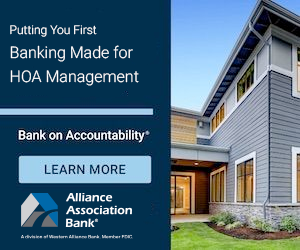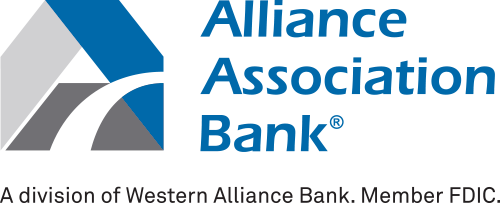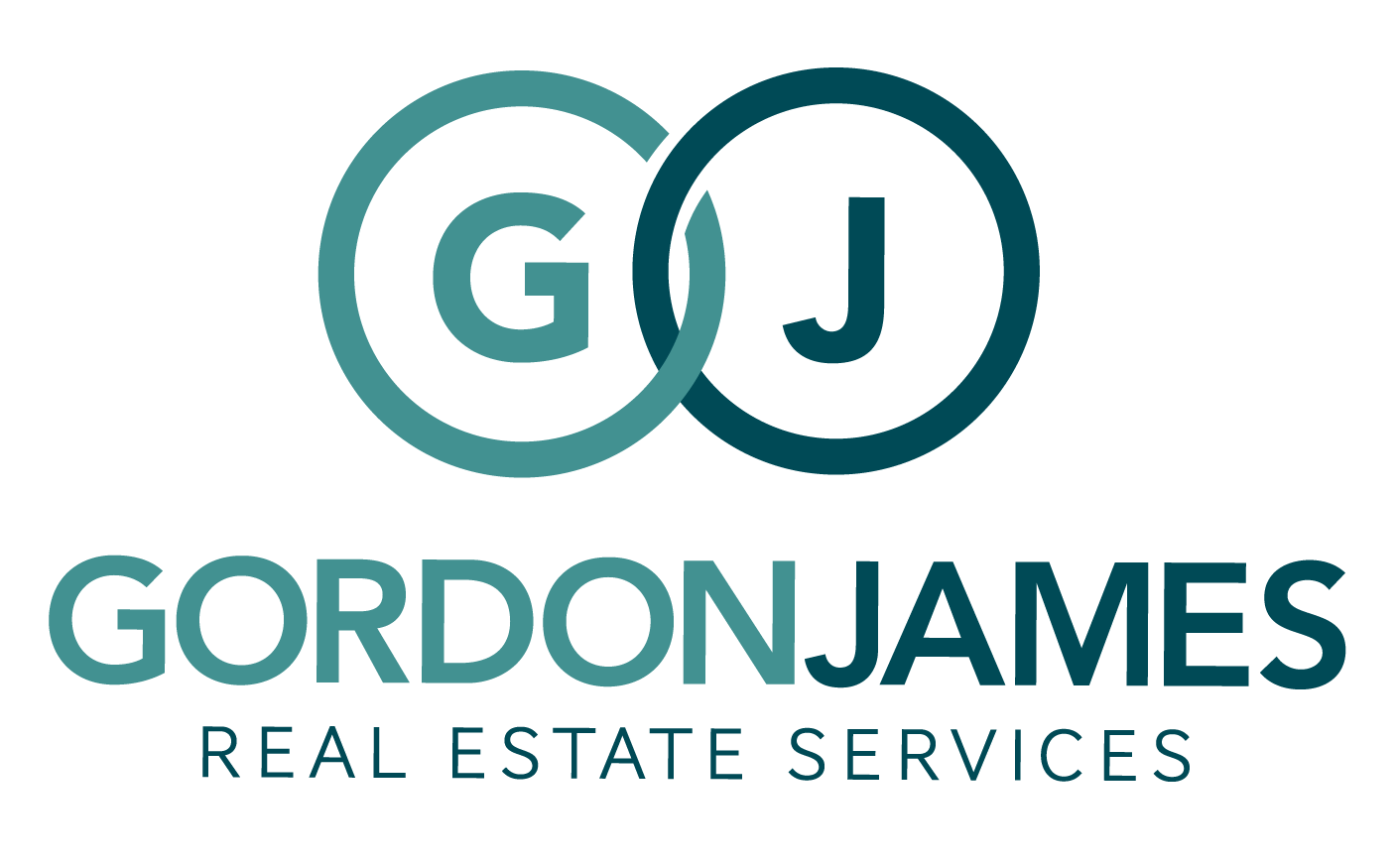HOA Fall Planning: A Practical Guide for Board Success

Fall is the sweet spot for maintenance, money talks, and community planning. Use this HOA fall planning guide to set your board up for smooth operations through winter and into next year.
Browse By Category
Sign up for Our Newsletter
Fall is the sweet spot for maintenance, money talks, and community planning. Use this HOA fall planning guide to set your board up for smooth operations through winter and into next year.
HOA Fall Planning Starts With Clear Goals
Before you book vendors or draft a budget, agree on what success looks like. Decide whether your priority is catching up on deferred repairs, keeping dues stable, or improving resident communication. When the board names two or three goals, decisions get easier and meetings move faster.
Tie those goals to a short list of actions and dates. For example, “reduce emergency repairs” can lead to a gutter cleanout schedule, roof inspections, and tree trimming by mid-November.
Build a Focused Budget and Protect Reserves

Fall is the ideal time to review spending, fee levels, and reserves. Start with year-to-date actuals and compare them to the budget line by line. Then look forward. Utilities, insurance, and vendor labor often rise, so give key contracts a small contingency.
Reserves should reflect current component pricing, not last year’s estimates. If your reserve study is older than three years or your scope changed, plan an update. A realistic reserve contribution prevents special assessments when a roof or elevator needs attention.
Tackle High-Impact Maintenance Before Cold Weather
Focus on items that prevent damage and reduce slip-and-fall risks once rain and snow arrive. Clean gutters, downspouts, and area drains. Patch trip hazards on sidewalks and seal cracks that let water in.
Mechanical rooms need attention, too. Replace filters, inspect belts, and check alarms. Small fixes today can prevent heat outages when you need systems most.
Get Landscaping and Trees Ready

Trim dead or unstable branches near roofs, paths, and parking. Schedule final lawn care, leaf removal, and irrigation blowouts where needed. Good fall work keeps common areas safe and neat, and it protects your budget from storm-related damage.
If the community uses native plants or drought-tolerant beds, review watering plans and mulch levels. The aim is healthy soil going into winter and less runoff during heavy rain.
Review Insurance and Risk Controls Before Renewals
Walk the property with a risk lens. Check lighting, railings, pool gates, and signage. Verify that fire lanes stay clear and that extinguishers, alarms, and detectors are in serviceable condition.
Then review coverage. Confirm building values, endorsements, deductibles, and any flood or quake needs. Ask your broker about recent market changes, and build expected premium shifts into the draft budget.
Confirm Vendors, Contracts, and Response Times

Inventory every service your community needs from October through March. Typical items include janitorial, landscaping, irrigation winterization, roof and gutter service, snow and ice removal, pest control, and emergency plumbing or electrical support.
Check each contract for scope, pricing, and response times. Clarify after-hours procedures and points of contact. If you need new bids, publish clear specs and include insurance requirements and start dates.
Craft Engaging Communication
Good information reduces complaints and calls. Send a simple fall notice that highlights what is happening, when it will happen, and how residents can prepare. Keep it short, plain, and friendly.
Use more than one channel. Pair an email with a lobby flyer or a portal alert. Add a small calendar box that lists the month’s key dates, such as leaf pickup, window washing, or the last day to submit ARC requests for exterior projects.
Set Fair and Inclusive Holiday Guidelines

Holiday displays bring cheer, but they also bring questions. Publish guidelines that cover timing, permitted locations, safety around walkways and lights, and decibel limits for music. Keep the tone inclusive and respectful of different traditions.
Let residents know how to ask for a reasonable accommodation for a sincerely held religious practice. Clear rules, even-handed enforcement, and early reminders keep the peace and protect common areas.
Prep Amenities for Cold Weather
Inspect roofs, balconies, stair treads, and railings. Look for loose fasteners, worn coatings, or soft spots. Add non-slip mats at entrances, and place extra absorbent runners where water tends to pool.
Pools, splash pads, and grills may need seasonal closing. Post the dates ahead of time and explain why. When amenities stay open year-round, review staffing and safety supplies.
Strengthen Your Emergency Readiness

Update the call tree, vendor list, and contact information for local utilities. Stock ice melt or sand if the region freezes. Test backup lighting and review generator service schedules.
Share a one-page “what to do if” handout with residents. Include who to call for leaks, power issues, elevator problems, or fallen limbs. In a storm, simple steps and solid contacts save time and money.
Prevent Winter Problems With ARC Reviews
When HOA fall planning, you should consider having proper ARC reviews before winter rolls in. Remind owners about exterior changes that need approval, such as window replacements, heat pumps, or holiday lighting attachments to common elements. Set clear submittal cutoffs for projects that could expose buildings to water during wet months.
Provide quick, consistent responses. A predictable ARC process builds trust and keeps work compliant with your CC&Rs and local codes.
Align Your Calendar and Track Tasks

Create a fall checklist that assigns each task to a role and a due date. Examples include finalizing the draft budget, holding the budget hearing, scheduling reserve projects, confirming snow contracts, and sending holiday policy reminders.
Review progress at each board meeting. If you fall behind, revise due dates and communicate changes right away. A transparent plan builds confidence with residents and vendors.
Keep the Human Side in View
Residents notice tone as much as outcomes. As part of your HOA fall planning, you should thank people for patience during noisy or messy work. Reply quickly and kindly. When an issue lingers, give a short status update rather than staying quiet.
Invite feedback. A simple online form can collect ideas or flag hazards you have not seen yet. Many fixes start with a good tip from someone who walks the property every day.
Follow a Simple Roadmap

Below is a quick way to frame your fall to-dos without turning them into a never-ending list:
- Protect the property: roofs, gutters, trees, drainage, lighting.
- Stabilize the budget: update contracts, forecast insurance, confirm reserve contributions.
- Guide the community: publish fall work plans, holiday guidelines, and emergency contacts.
As you work through each item, return to your goals. If a task does not support those goals, move it to winter or spring.
Getting Ready for Fall
Fall gives boards a welcome reset. With clear goals, crisp schedules, and steady communication, your community enters winter prepared and calm. Start small, keep it simple, and build momentum one task at a time.
Looking for expert help in preparing HOA community as seasons change? Let professional HOA managers help you out! Check out our online directory today for your area’s best HOA management companies!
Related Articles:
Trending Now
Related Article
Sign up for Our Monthly Newsletter
Sign up below for monthly updates on all HOA Resource















